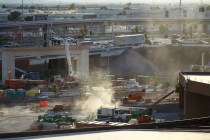Health care — A growing economic sector in Southern Nevada
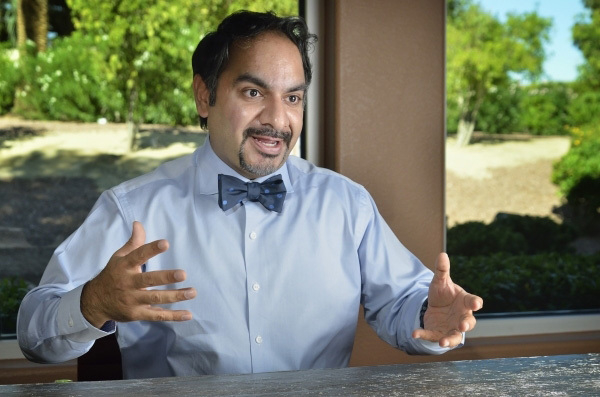


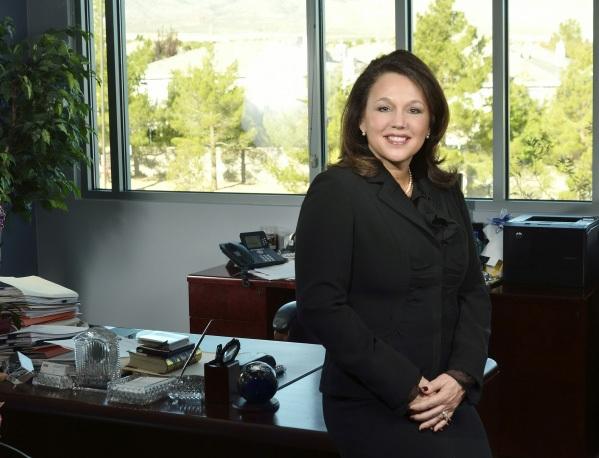
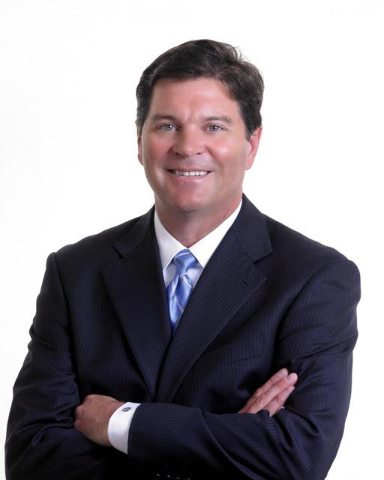
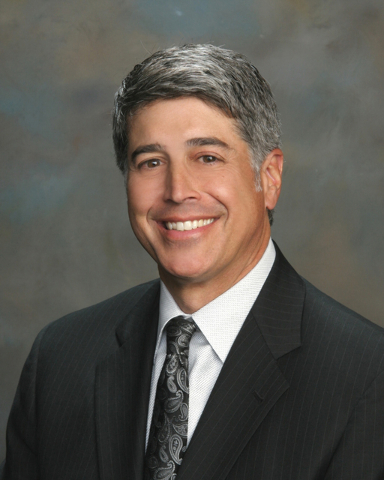
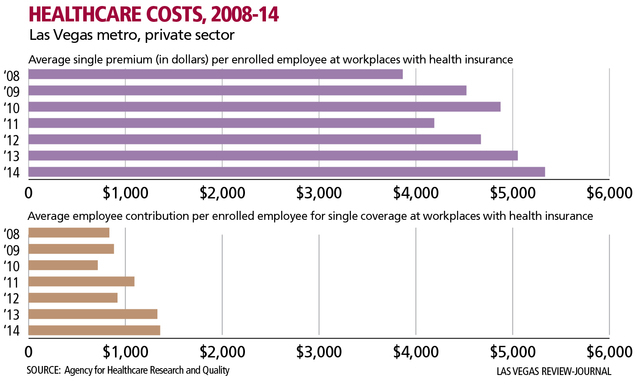
During the Great Recession, people still got sick, had surgeries, experienced accidents and had babies. But with record unemployment, many Las Vegans — without health insurance or other means to pay for services — ended up in emergency rooms.
“Reflecting back on that time frame, we saw an increase in the overall cost to provide health care on both a short- and longer-term basis,” said Don Giancursio, CEO of UnitedHealthcare of Nevada, in a recent email interview. UnitedHealthcare is an operating division of UnitedHealth Group, the largest single health carrier in the U.S. and one of Nevada’s largest non-gaming employers.
“The ACA (Affordable Care Act) has completely changed the health insurance marketplace for the overwhelming majority of Americans,” he said. “Product offerings, pricing and benefit coverages are far more standardized than before. For some cohorts of the population, this is viewed favorably; for others, not so favorably.”
Giancursio went on to explain that “affordability depends on where you sit.”
And he means that quite literally: Health insurance price coverage cannot be determined by pre-existing conditions other than ZIP code, age and smoking status. Nevada as a whole saw Medicaid recipients nearly double from approximately 335,000 to around 600,000 with the implementation of the ACA.

AS ECONOMY IMPROVES, SHELVED PROJECTS GET UNDERWAY
Karla Perez, regional vice president of The Valley Health System, estimates an approximately 11 percent expansion of hospital beds in the Las Vegas market by 2016’s end.
“You’re not seeing that (kind of expansion) anywhere in the nation,” she said in a recent interview with the Las Vegas Business Press.
Henderson Hospital is set to open later this year near Galleria Drive and U.S. Highway 95 as part of the integrated health village Union Village. Also in Henderson, the Siena Campus of St. Rose Dominican Hospitals recently opened a 220,000-square-foot addition with 96 private patient beds.
Spring Valley Hospital is adding a four-story tower, and both Centennial Hills and Southern Hills hospitals are adding more patient beds and services. In the northwest, MountainView Hospital is undergoing a $90 million expansion.
DOCTORS’ GROUPS ALSO EXPANDING
“We’ve had to absorb 100,000 new patients into our practice (since the implementation of the ACA), and to do that, we had to grow our medical group significantly,” said Dr. Robert McBeath, president and CEO of Southwest Medical Associates, one of Nevada’s largest multispecialty medical groups. “We’ve gone from about 275 physicians to over 350 in the last 18 months.”
In fall 2017, the UNLV School of Medicine will accept its inaugural class of 60 students. In the meantime, local hospitals have stepped up the number of residency programs in hope that the newly minted specialists will decide to make Southern Nevada their home.
“We started 28 new residents at Valley Hospital in July,” said Dr. Andy Eisen, chief academic officer for The Valley Health System and president of the Clark County Medical Society. “We are focusing on what the needs are in the community. Twenty of the 28 are in family medicine and internal medicine.”
The Valley Health System also includes Centennial Hills, Desert Springs, Spring Valley and Summerlin hospitals, as well as the new Henderson Hospital.
ENTIRE INDUSTRY UNDERGOING SEISMIC SHIFT
Post-recession, providers are being encouraged (and paid) to keep people healthy and put more decision-making in the hands of the patient via technology.
With more people having access to health care and baby boomers turning 65 at the rate of 10,000 people a day across the nation, telemedicine seems to be the wave of the future. The 2014 American Community Survey 1-Year Estimates reported the national 65-or-older population as 46.8 percent male and 53.2 percent female.
“We went live with a dedicated telemedicine program on Jan. 1, 2014,” said McBeath. “Over the last 24 months, we’ve seen over 13,000 telemedicine consult patients.”
Local Dr. Samir Qamar, CEO and founder of MedLion, the country’s largest direct primary care company, is set to launch his telemedicine device, MedWand, this year. The invention allows doctors to hear heart and lungs, look at ears, eyes, nose or throat, and take pulse and temperature and convey the results to the doctor in real time via a telemedicine visit. Qamar has partnered with the Internet company Doctor On Demand to integrate MedWand into its business model.
HEALTH CARE INDUSTRY GROWTH
Recovery from the recession, a future medical school, increased numbers of insured, hospital expansion and a fundamental shift in the health care delivery system have all created more job opportunities in health care.
Even though local nursing programs have stepped up their number of graduates, experienced nurses are still in short supply, according to Wayne Cassard, system director of Human Resources for The Valley Health System. He said approximately 50 to 60 percent of Valley’s nursing hires are from out of state.
“Whenever we recruit outside of Las Vegas, we really are focusing on trying to find experienced nurses who want to move to Nevada,” he said.
With the growth of Electronic Medical Record requirements, information technology specialists and medical coders are also in short supply.
“To find experienced coders is somewhat of a challenge,” Cassard said. “We actually work with coders all over the country because the work they do can be done remotely.”
Growth in the local health care support system is creating “incredibly important jobs for the folks in Southern Nevada,” Eisen said.
Hospital staffing, 2008-15
Full-Time Equivalents* at acute hospitals, Clark County
| Quarter | R.N. | L.V.N./L.P.N. | Aides and orderlies | Other FTEs | Total FTEs |
|---|---|---|---|---|---|
| 2008 Q1 | 6,626 | 322 | 1,099 | 7,136 | 15,184 |
| 2009 Q1 | 6,686 | 268 | 1,137 | 6,804 | 14,903 |
| 2010 Q1 | 5,547 | 163 | 1,065 | 8,202 | 14,986 |
| 2011 Q1 | 5,190 | 144 | 1,024 | 8,511 | 14,879 |
| 2012 Q1 | 5,588 | 118 | 1,250 | 8,070 | 15,038 |
| 2013 Q1 | 6,682 | 135 | 1,164 | 7,908 | 15,898 |
| 2014 Q1 | 6,231 | 100 | 1,287 | 8,345 | 15,974 |
| 2015 Q1 | 6,165 | 52 | 1,358 | 7,794 | 15,378 |
*An FTE is a standard unit of measurement of the hours equivalent to one full-time employee in order to compare part-time and full-time workers.
**Does not include contracted employees
SOURCE: Center for Health Information Analysis for Nevada
Neon Rebirth: The post-recession American Dream in Las Vegas












